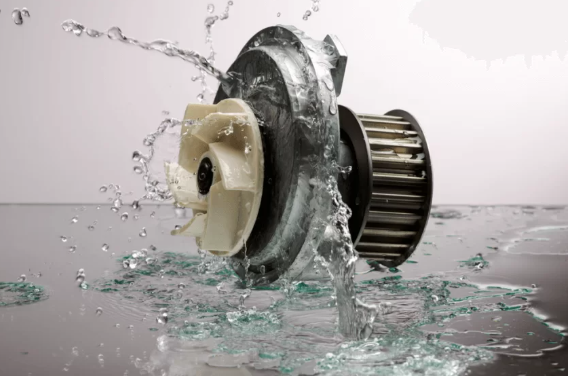Abstract:
Almost all vehicles today use liquid cooling systems. The automobile water cooling system consists of a pump, radiator, cooling fan, thermostat, compensation bucket, water jacket in the engine block and cylinder head, and other ancillary devices. The main job of a car's cooling system is to dissipate heat into the air to prevent the engine from overheating. This is a very important part, but it is often ignored by owners. So often owners will ask, does my car need to replace a new pump system?

When do I need to replace the pump?
Generally speaking, the maintenance cycle of the pump is very long, but the pump will slowly wear out over time. The cycle of replacing the pump is determined by the use of your car, and it is generally recommended that you check the wear and tear of the pump every 60,000 to 100,000 miles.
But that's not accurate. There are many other factors. For example, when you are driving, if you often drive on a smooth and comfortable road, your pump will wear out more slowly. But if you often drive on rough mountain roads, or muddy roads in stormy weather, your pump will wear out much faster than normal. Of course, not only these but your model, and driving habits will subtly affect your pump.
One thing to note here is that the service life of the pump and the timing belt is close, and when you need to replace the pump or any part of the timing belt, you should replace both at the same time. This can not only save more time and labor costs but also focus on safer and more efficient car maintenance.

How to determine whether the pump needs to be replaced?
1.The first and most obvious is noise. When you accelerate, the engine makes a strange, grinding sound. This is because the pump is a belt-driven accessory, so there are bearings connected between the internal rotors, and when this bearing starts to fail, it creates a noise of friction. If you hear this sound, your car needs to be repaired, please act immediately, because a faulty bearing can damage the CAM belt, if the CAM belt breaks, it can damage the engine at any time.
2.Followed by the temperature, if the pump can not deliver coolant to the engine, the working temperature of the engine will rise above the normal level, if you are driving on the highway or the mountain road, the temperature reading is high, or the car is close to overheating, this is a sign that the pump has not played a role.
Engine overheating can seriously damage pistons, cylinders, and engine block head washers, potentially leading to engine failure. Therefore, pay close attention to the thermometer, and if the temperature rises significantly, check it immediately, otherwise, it may not be able to be repaired.

3.You can also tell if your pump needs to be replaced by looking at the coolant puddle on the ground. If the pump housing breaks or the seal deteriorates due to age or wear, the coolant will drip onto the ground. As large green or red puddles of liquid form under the car, you may notice this quickly. If your pump is easily accessible, check for moisture around the pump, which is also a sign that you need to replace it.
This happens because the coolant is stored in the pump using a series of washers and seals. Once one of these components is worn, loosened, or cracked, the coolant can eventually leak to the outside of the engine.
If this is the case, we recommend that you take the vehicle to the nearest repair shop as soon as possible, as this still means a relatively simple and minor repair.

Conclusion about the water pump
The replacement cycle of the pump depends on many factors, and any repair shop that tells you that you need to replace the pump in a year or two is unprofessional and needs to be decided according to the actual situation. However, high-quality pumps mean that there is no premature failure or unnecessary leakage. Choosing Wdpart as the pump manufacturer will ensure a durable and reliable cooling system solution that requires less hassle and replacement.

FAQ:
How to replace the water pump?
Before replacing the pump, be sure to consult the application instructions in the service manual or service database.
In general, replacing the pump requires removing the battery, using a ratchet or wrench to remove the pump pulley bolt and the pulley itself, and then removing the pump itself. Installing a new pump involves the opposite disassembly process.
How to test a water pump?
The steps are, in order, safety precautions, checking belts and pulleys, leak testing, checking coolant flow, measuring pump pressure output, assessing pump noise and vibration, and interpreting test results.
















